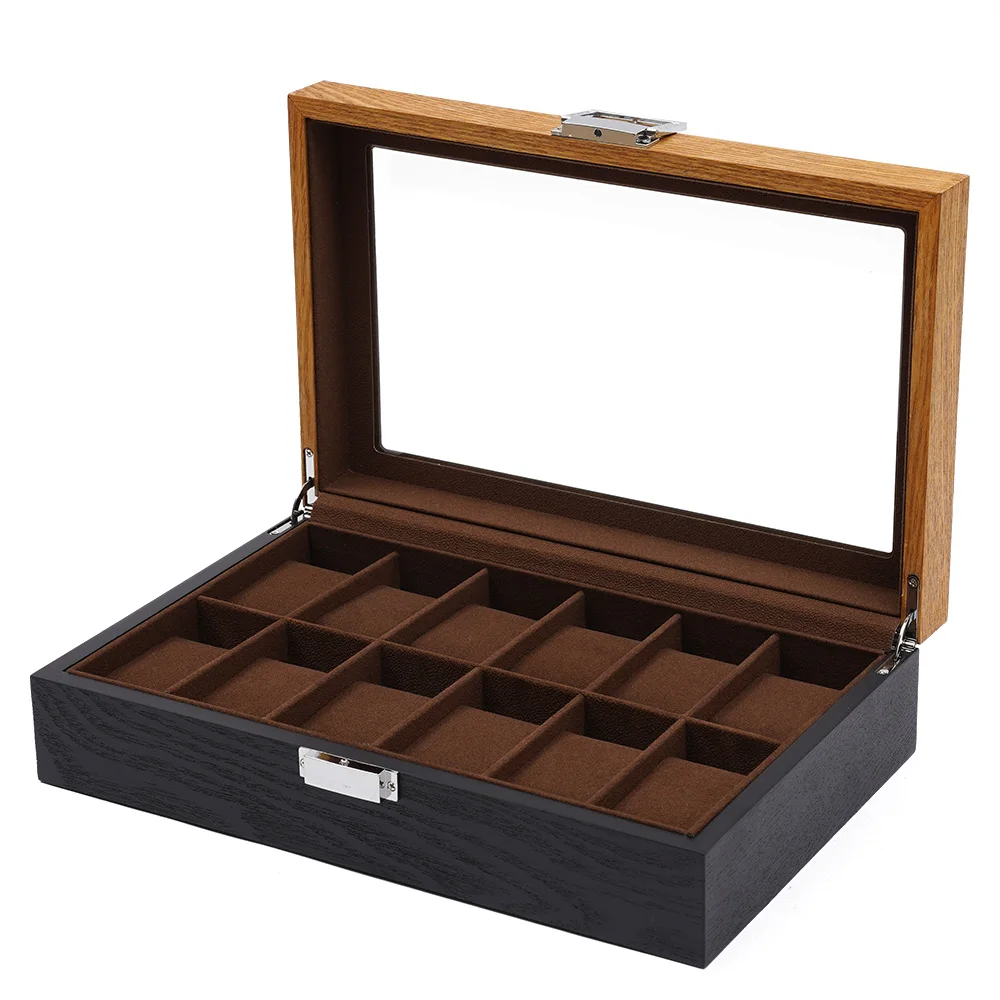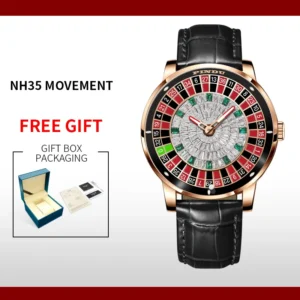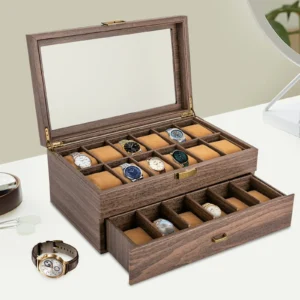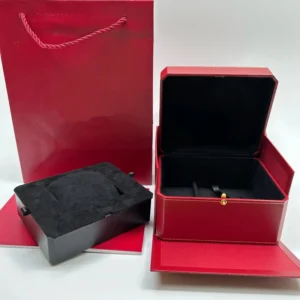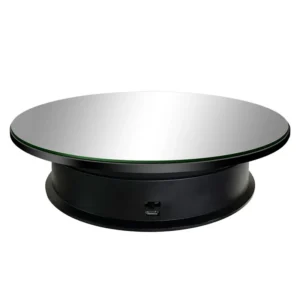What is Horology: Understanding the Hobby of Watch Collecting
Horology comes from the Greek words “hōra” (time/hour) and “-logia” (study), referring to the scientific study and artistic practice of measuring time and creating timepieces. While “horology” represents the formal, technical term for this field, “watch collecting” is the more commonly used phrase among enthusiasts.
The hobby encompasses far more than simply owning timepieces. It involves appreciating the intricate craftsmanship, historical significance, and technical innovation behind watches of all kinds. People who engage deeply with this pursuit may identify themselves using several terms:
- Horologist: Someone who studies horology or makes timepieces professionally
- Watch collector: A person who systematically acquires watches with specific interests or goals
- Watch enthusiast: Someone with knowledge and passion for watches, whether they collect them or not
Timekeeping’s history spans millennia, evolving from ancient sundials and water clocks to mechanical pocket watches and eventually to the diverse array of wristwatches we see today. This rich heritage forms the foundation of modern watch collecting, which has grown tremendously in popularity. Recent industry reports suggest the global watch market exceeds $50 billion annually, with collectible watches representing a significant segment of this market.
For serious collectors, proper storage essentials for men’s watches are crucial to maintaining the condition and value of their timepieces. Quality storage solutions protect watches from dust, humidity, and potential damage while showcasing their beauty.
The Distinction Between Watch Collectors and Watch Enthusiasts
While the terms “watch collector” and “watch enthusiast” are often used interchangeably, they represent different approaches to the hobby:
A watch enthusiast develops knowledge about and appreciation for timepieces without necessarily acquiring a substantial collection. They might own just a few select watches but possess deep knowledge about watch history, mechanics, and design. Their passion manifests primarily through learning and appreciation.
In contrast, a watch collector systematically acquires watches according to specific criteria or themes. They may focus on particular brands, eras, styles, or complications, building a collection with intention and purpose. Collectors typically invest more substantially in physical pieces and their proper care.
| Aspect | Watch Enthusiast | Watch Collector |
|---|---|---|
| Primary Focus | Knowledge and appreciation | Acquisition and curation |
| Collection Size | Typically smaller | Often larger and growing |
| Investment Level | Moderate | Substantial |
| Activities | Research, forums, events | Purchasing, trading, displaying |
| Storage Needs | Basic | Comprehensive |
Most people fall somewhere on the spectrum between pure enthusiast and dedicated collector. An enthusiast might own just two watches—a daily wearer and a special occasion piece—but know their history and mechanics intimately. A collector might have dozens of timepieces organized by theme or brand.
Both groups contribute valuably to the watch community. Enthusiasts often bring depth of knowledge and historical perspective, while collectors help preserve significant pieces and support the market. When selecting essential features for a men’s watch box, both groups benefit from understanding the specific needs of their collection.
The Psychology Behind Watch Collecting
The appeal of watch collecting runs deeper than simple materialism. It taps into fundamental human psychological needs and behaviors that span cultures and generations.
Emotional Connection
Watches often serve as tangible connections to significant moments in life. A timepiece received as a graduation gift, wedding present, or career milestone becomes more than an object—it transforms into an emotional artifact carrying memories and meaning. This emotional resonance creates a bond between collector and timepiece that transcends monetary value.
Curatorial Satisfaction
The act of curating a collection—researching, selecting, arranging, and caring for watches—provides deep satisfaction. Psychologists note that collecting activities fulfill natural human desires for order, completion, and mastery. Each new acquisition represents not just an object but a story added to a carefully crafted narrative.
Identity Expression
A watch collection often reflects aspects of the collector’s personality, values, and aesthetic sensibilities. Whether someone gravitates toward rugged tool watches, classic dress pieces, or avant-garde designs, these choices express identity both to oneself and others. Understanding watch display terminology helps collectors better present their timepieces in ways that highlight their unique characteristics.
The Thrill of the Hunt
Many collectors describe the exhilaration of finding a particularly rare or significant piece after a long search. This “thrill of the hunt” activates reward centers in the brain similar to those triggered during other achievement-oriented activities. Each acquisition represents not just an object but a successful quest completed.
Historical Connection
By owning and preserving timepieces from different eras, collectors create tangible connections to history. A vintage watch from the 1960s isn’t just an accessory but a functioning time capsule from another era, allowing the collector to interact with history in a uniquely intimate way.
Primary Motivations for Collecting Watches
While individual collectors may be driven by various combinations of factors, several key motivations consistently emerge across the watch collecting community:
Appreciation for Craftsmanship and Engineering: Many collectors are drawn to the incredible precision engineering that goes into creating fine timepieces. A mechanical watch movement can contain hundreds of tiny components working in perfect harmony, representing the pinnacle of human craftsmanship. The ability to appreciate these technical marvels—from simple hand-wound movements to complex perpetual calendars—drives many collectors to acquire diverse examples of horological achievement.
Historical Significance and Storytelling: Every watch tells a story, whether it’s the first watch worn on the moon (the Omega Speedmaster) or models that revolutionized water resistance (like early Rolex Submariners). Collectors often seek pieces that represent significant moments in watchmaking history or watches associated with notable events or people. These timepieces serve as physical connections to history.
Aesthetic Appeal and Design: Watches are functional art pieces worn on the wrist. The design language of timepieces—from minimalist Bauhaus-inspired faces to ornate guilloché dials—appeals to collectors with an eye for aesthetics. Many enthusiasts acquire watches simply because they find them beautiful or appreciate their unique design elements.
Investment Potential: While not the primary motivation for most passionate collectors, the investment aspect cannot be ignored. Certain watches have appreciated significantly in value over time, sometimes outperforming traditional investment vehicles. Collectors who focus on investment potential tend to research market trends and limited production models with potential for appreciation.
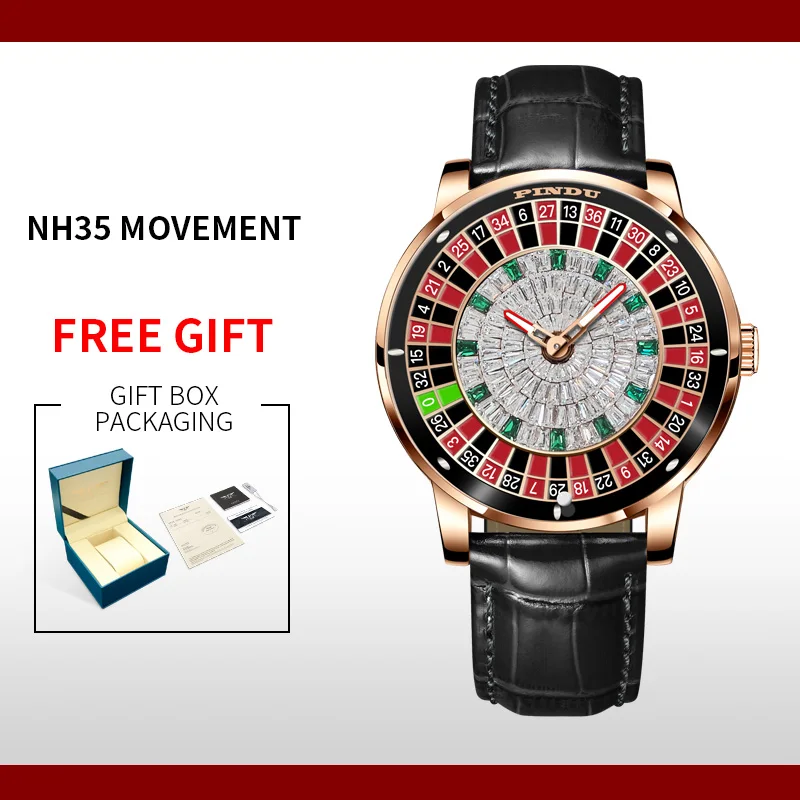
Personal Connection and Commemoration: Watches often mark important milestones in life—graduations, promotions, marriages, births. These personal connections transform a timepiece from a mere object into a repository of memories. Many collections begin with such personally significant pieces before expanding into broader interests.
Community and Social Engagement: The watch collecting community is vibrant and welcoming, offering opportunities for social connection through forums, meet-ups, and events. Many collectors value these interactions as much as the watches themselves, sharing knowledge and passion with like-minded enthusiasts.
For those building substantial collections, selecting appropriate watch boxes for male collectors becomes increasingly important, providing both protection and aesthetic presentation for valuable timepieces.
Popular Watch Collecting Specializations
As collectors develop their interests, many gravitate toward specific niches within the broader world of horology. These specializations allow enthusiasts to develop deeper expertise and focus their collecting efforts:
Vintage Watch Collecting
This specialization focuses on timepieces typically older than 30-40 years, prized for their historical significance and often distinctive designs.
- Requires knowledge of period-correct details and authenticity markers
- Values originality and patina that tells a watch’s story
- Involves research into specific production years and variations
- Often requires relationships with specialized vintage dealers
- Price range: $500 to $100,000+ depending on rarity and condition
Luxury Brand Focus
Many collectors concentrate on prestigious manufacturers with long histories of horological excellence.
- Rolex: Known for robustness, reliability, and value retention
- Omega: Historic achievements including space exploration and Olympics timing
- Patek Philippe: The pinnacle of traditional high-end watchmaking
- Audemars Piguet: Famous for the Royal Oak and innovative complications
- Price range: $3,000 to $1,000,000+
Independent Watchmakers
This growing specialization focuses on small-production watches from independent artisans rather than large corporations.
- Emphasizes unique design philosophy and personal craftsmanship
- Often features innovative approaches to traditional watchmaking
- Typically produced in very limited quantities
- Represents the artistic side of horology
- Price range: $5,000 to $500,000+
Military and Tool Watches
These purpose-built timepieces were designed for specific professional applications.
- Dive watches: Built for underwater exploration with high water resistance
- Pilot watches: Featuring legible dials and navigation capabilities
- Field watches: Rugged, reliable timepieces designed for military use
- Racing chronographs: Equipped with timing functions for motorsports
- Price range: $500 to $50,000+
For collectors specializing in these areas, having the right tools every collector needs becomes essential for basic maintenance and strap changes.
Complication-Specific Collecting
Some enthusiasts focus on watches featuring particular mechanical functions beyond simple timekeeping.
- Chronographs: Featuring stopwatch functionality
- Perpetual calendars: Automatically adjusting for months and leap years
- Tourbillons: Rotating escapements designed to counter gravity’s effects
- Minute repeaters: Chiming mechanisms that sound the time on demand
- Price range: $2,000 to $1,000,000+ depending on complexity
Era-Specific Collecting
This approach concentrates on watches from particular time periods, appreciating the unique design language and technical approaches of each era.
- Art Deco (1920s-1930s): Geometric designs and artistic flair
- Mid-century (1950s-1960s): Clean lines and functional elegance
- Quartz era (1970s-1980s): Technological revolution and design experimentation
- Contemporary (1990s-present): Modern materials and revival of mechanical appreciation
- Price range: Varies widely based on brand, condition, and significance
Essential Knowledge for New Watch Collectors
What’s the difference between mechanical, automatic, and quartz movements?
Mechanical movements use a wound mainspring to power the watch through a complex system of gears. They require hand-winding every 1-2 days to keep running. Automatic (self-winding) movements are mechanical but contain a rotor that winds the mainspring through the natural motion of wearing the watch. Quartz movements use a battery-powered crystal oscillator for exceptional accuracy and require minimal maintenance beyond battery changes every few years.
How do I decode watch specifications?
Water resistance is measured in meters or ATM (atmospheres), with 30m suitable for everyday wear, 100m for swimming, and 200m+ for serious diving. Case size is measured in millimeters across the dial (excluding crown), with 36-40mm traditionally considered standard for men. “Complications” refer to any function beyond basic time-telling, such as date displays, chronographs, or moon phases.
What does “in-house movement” mean and why does it matter?
An in-house movement is designed and manufactured by the same company that makes the watch, rather than purchasing movements from external suppliers. Collectors often value in-house movements for the technical mastery they demonstrate, though they typically command higher prices and may be more expensive to service.
How important is the watch box and papers?
Original packaging, instruction manuals, and warranty cards (collectively known as “box and papers”) can significantly impact a watch’s resale value, sometimes by 15-30%. These items confirm authenticity and provide maintenance history. Understanding how to store watches properly helps preserve these important accessories alongside the timepieces themselves.
What should I know about watch servicing?
Mechanical watches typically require servicing every 5-7 years, involving disassembly, cleaning, lubrication, and regulation. This maintenance preserves both function and value. Servicing costs range from $200-$1000+ depending on the complexity and brand. Using manufacturer service centers ensures proper parts and techniques, though qualified independent watchmakers often offer more reasonable rates.
How can I authenticate a watch?
Authenticity involves examining multiple factors: movement finishing quality, dial printing precision, case finishing, serial number consistency, and overall weight and feel. Research model-specific details before purchasing, as counterfeiters often make small mistakes in reproduction. When possible, buy from authorized dealers or reputable secondary market sources with return policies.
Starting Your Watch Collection: A Practical Guide
Beginning a watch collection is an exciting journey that benefits from thoughtful planning. Here’s a step-by-step approach to building a meaningful collection:
Step 1: Define Your Budget and Strategy
Start by establishing a realistic budget for both initial purchases and long-term collecting. Entry-level collections might begin with $500-2,000 watches, mid-tier collections with $2,000-10,000 pieces, and high-end collections with $10,000+ timepieces. Rather than randomly acquiring watches, develop a strategy—whether focusing on versatility, specific styles, or historical significance.
Step 2: Research Thoroughly
Before making purchases, invest time in research through books, forums like WatchUSeek and Hodinkee, and by handling watches in person at retailers when possible. Learn about movement types, brand histories, and model variations. Understanding market values helps prevent overpaying and identifies potential value opportunities.
Step 3: Identify Your Preferences
Pay attention to what genuinely appeals to you rather than following trends. Consider:
– Case size and shape that fits your wrist comfortably
– Dial colors and designs that speak to you aesthetically
– Functionality that matches your lifestyle needs
– Brands whose heritage and approach resonate with you
Step 4: Find Reputable Sources
Develop relationships with authorized dealers for new purchases. For pre-owned pieces, establish connections with reputable sellers who offer guarantees of authenticity. Online platforms with buyer protections can provide security for remote purchases. Always verify seller reviews and request detailed photos before purchasing.
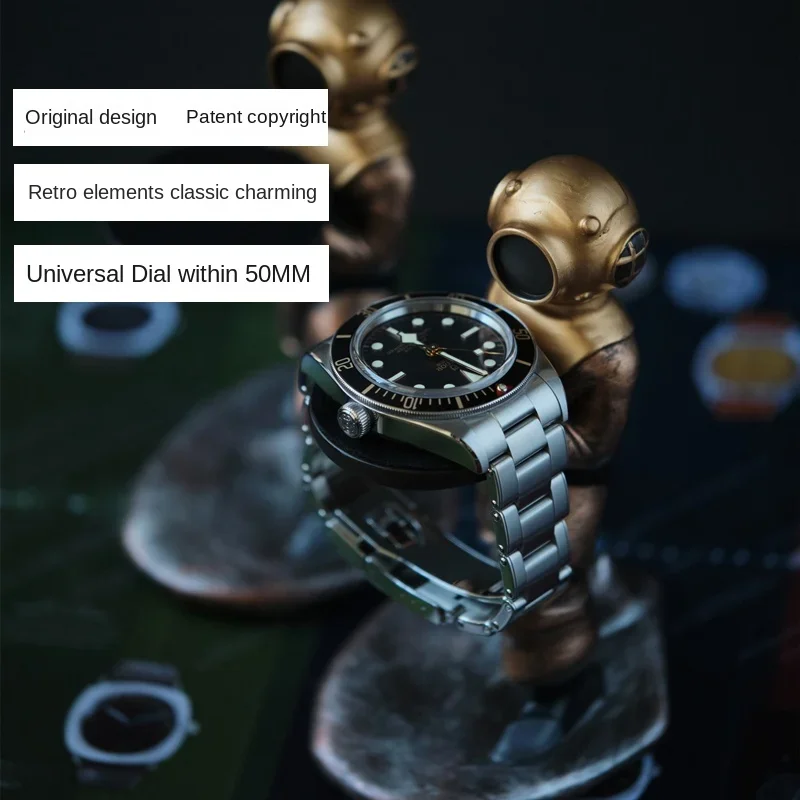
Step 5: Evaluate Condition and Originality
For vintage or pre-owned watches, learn to assess:
– Original vs. replacement parts (especially dials and hands)
– Signs of water damage or improper servicing
– Appropriate patina versus damage
– Movement condition and service history
– Case condition, particularly over-polishing
Step 6: Develop a Collection with Purpose
Rather than accumulating random watches, build a collection that tells a story or serves distinct purposes. Many collectors start with a versatile three-watch collection: an everyday piece, a sports/tool watch, and a dress watch. From there, expand based on your developing interests and preferences.
As your collection grows, investing in quality watch boxes becomes essential for proper organization and protection of your timepieces.
Proper Care and Maintenance of a Watch Collection
Protecting your investment requires attention to proper storage and maintenance practices. A well-maintained watch not only performs better but also retains more of its value over time.
Storage Solutions
The way you store watches when not being worn significantly impacts their longevity:
- Individual watch cushions prevent bracelets and straps from developing permanent curves
- Dedicated watch boxes with separate compartments prevent scratches between pieces
- Watch winders maintain automatic watches’ power reserve and lubrication distribution
- Silica gel packets in storage areas help control humidity
- UV-protected display cases prevent dial fading for watches on display
Maintenance Schedule
Establishing a regular maintenance routine preserves both function and value:
- Daily: Wipe down case and bracelet with a soft cloth after wearing
- Weekly: Check for any loose components or crown issues
- Monthly: Rotate unworn automatic watches or place on winders
- Annually: Inspect water resistance seals if diving or swimming
- Every 5-7 years: Professional service for mechanical watches
Professional vs. DIY Care
While proper display holders for watches can showcase your collection beautifully, there are limits to DIY care:
- DIY appropriate: Strap changes, gentle cleaning, winding, setting time
- Professional required: Movement servicing, water resistance testing, crystal replacement, case refinishing
Special Vintage Considerations
Vintage timepieces require extra attention:
– Minimize exposure to strong sunlight to prevent dial fading
– Avoid water exposure even with originally water-resistant models
– Consider declining polishing during service to preserve case shape
– Keep original parts even when replaced during service
– Maintain consistent humidity levels to prevent deterioration
Watch Accessories, Watch Holder
$94.51 Select options This product has multiple variants. The options may be chosen on the product pageLuxury Watch Boxes, Men's Watch Boxes, Single Watch Box
Price range: $903.35 through $980.97 Select options This product has multiple variants. The options may be chosen on the product pageMen's Watch Organizer, Watch Display Case, Watch Organizer
Price range: $112.68 through $169.45 Select options This product has multiple variants. The options may be chosen on the product pageAutomatic Watch Winder, Luxury Watch Winder, Single Watch Box
$307.39 Select options This product has multiple variants. The options may be chosen on the product pageLuxury Watch Boxes, Luxury Watch Travel Case
Price range: $200.33 through $224.57 Select options This product has multiple variants. The options may be chosen on the product pageRotating Watch Holder, Watch Holder
Price range: $93.28 through $93.35 Select options This product has multiple variants. The options may be chosen on the product page
The Global Watch Collecting Community
Watch collecting thrives as a social hobby with vibrant communities spanning both digital and physical spaces:
Online Forums and Communities
Virtual communities provide endless opportunities to connect with fellow enthusiasts:
– WatchUSeek: The largest watch forum with specialized sub-forums for virtually every brand and style
– Reddit r/Watches: Active community for collectors of all levels
– Omega Forums: Dedicated to enthusiasts of this historic brand
– Rolex Forums: Focused discussions on the crown’s timepieces
– Hodinkee Comment Sections: Lively debate under articles from this influential publication
Watch Events and Meetups
Physical gatherings allow collectors to see rare pieces and form connections:
– Baselworld/Watches & Wonders: Major industry trade shows
– RedBar Group: Worldwide collector meetups in major cities
– Auction previews: Opportunities to handle exceptional timepieces
– Brand-sponsored events: New product launches and collector dinners
– Watch fairs: Regional events featuring dealers and enthusiasts
Publications and Resources
Quality information sources help collectors expand their knowledge:
– Hodinkee: Leading online publication with detailed articles
– WatchTime Magazine: In-depth reviews and industry coverage
– Worn & Wound: Focus on affordable and value-oriented collecting
– Revolution: Luxury watch journalism and photography
– Brand archives: Historical information directly from manufacturers
The social dimension of collecting creates lasting friendships while providing opportunities to view watches that might otherwise remain unseen. For those with valuable collections, luxury watch boxes provide both secure storage and impressive display options when fellow enthusiasts visit.
Educational Resources for Expanding Your Horological Knowledge
Deepening your understanding of watches enhances the collecting experience tremendously. These resources cater to different learning preferences and experience levels:
Books and Publications
- For Beginners: “The Watch: Thoroughly Revised” by Gene Stone and Stephen Pulvirent
- Technical Focus: “Watchmaking” by George Daniels
- Brand Histories: Official brand monographs from Rolex, Omega, and others
- Vintage Guides: “Vintage Rolex Field Guide” by Colin White
Online Learning
- Watch Movement Basics: Animated guides showing how mechanical watches work
- Brand History Documentaries: Available on streaming platforms and YouTube
- Restoration Videos: Detailed processes showing watchmaking techniques
- Virtual Museum Tours: Explore collections like the Patek Philippe Museum online
In-Person Experiences
- Manufacture Tours: Many Swiss brands offer factory visits by appointment
- Watchmaking Workshops: Weekend courses teaching basic skills
- Museum Visits: Specialized horology museums in Switzerland, Germany, and major cities
- Hands-On Demonstrations: Often available at high-end boutiques
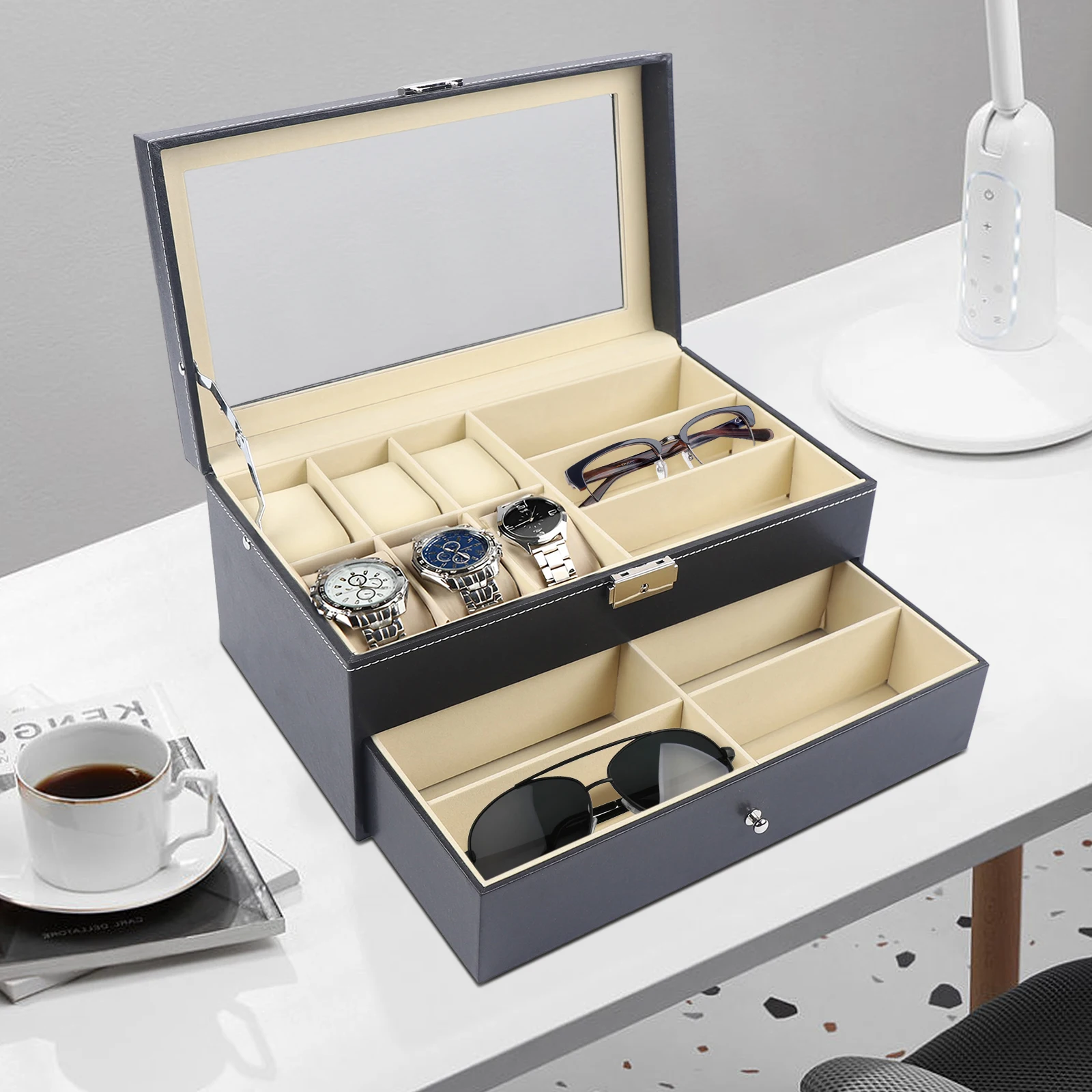
For collectors who appreciate traditional aesthetics, wooden watch boxes provide a classic presentation style that complements vintage timepieces especially well.
Are Watches a Good Investment? Collecting vs. Investing
The question of watches as investments requires a nuanced perspective that balances passion with financial considerations.
Watches as Investments: The Reality
Unlike traditional investments, watches come with unique considerations:
- Selective Appreciation: Only certain brands and models consistently appreciate (primarily Rolex, Patek Philippe, and Audemars Piguet sports models)
- Maintenance Costs: Service expenses of $500-1,500 every 5-7 years impact returns
- Market Volatility: Watch values can fluctuate based on trends and brand decisions
- Liquidity Challenges: Selling quickly often means accepting lower prices
- Condition Sensitivity: Returns depend heavily on maintaining excellent condition
The Balanced Approach
Most successful collectors recommend a middle path:
- Buy primarily what you genuinely enjoy and would be happy to keep long-term
- Research thoroughly to avoid overpaying initially
- Consider established brands with proven track records if potential value retention matters
- Purchase the best condition examples you can afford
- Maintain proper care and documentation
For collectors with automatic watches, quality watch winders help maintain timepieces in optimal running condition between wearings, preserving both function and potential value.
Final Perspective
The most satisfying collections typically arise from genuine passion rather than investment calculation. The joy of wearing and appreciating fine timepieces provides returns that transcend financial considerations, while careful selection and maintenance create the possibility of preserving or enhancing value over time.
Remember that trends change unpredictably—watches popular today may fall from favor, while currently overlooked models might become tomorrow’s sought-after classics. This uncertainty is part of what makes collecting an engaging pursuit that rewards both knowledge and intuition.

